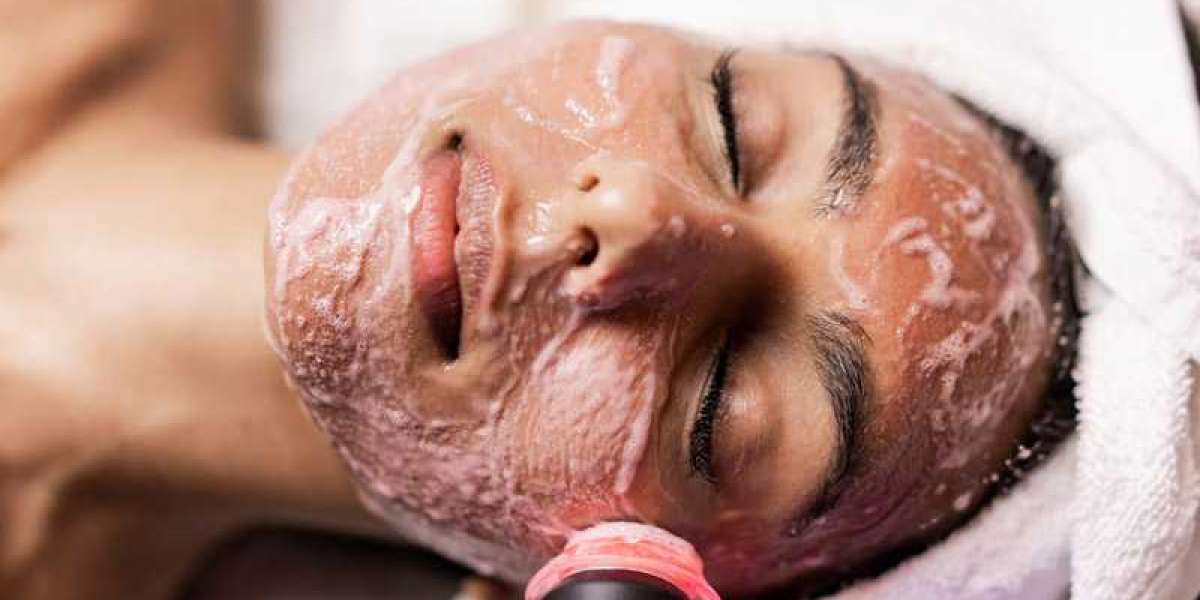Overview
Across all demographics, including people who identify as LGBT+ (lesbian, gay, bisexual, transgender, queer, or with other gender and sexual minority identities), anxiety is a common mental health condition. Due to the particular stresses and difficulties LGBTQ+ people encounter because of their gender identity, sexual orientation, and experiences with stigma and discrimination, there is a higher prevalence of anxiety and other mental health disorders among this demographic. Promoting wellbeing and lowering inequities in mental health care require an understanding of the particular stresses experienced by LGBTQ+ people as well as attending to their mental health needs. This article examines frequent pressures and problems faced by LGBTQ+ people, symptoms of anxiety they encounter, and methods for promoting resilience and mental health within the LGBTQ+ community.
Anxiety Symptoms in LGBTQ+ People
A variety of anxiety symptoms, such as generalized anxiety, social anxiety, and specific phobias pertaining to their gender identity or sexual orientation, can affect LGBTQ+ people. Anxiety disorders such as generalized anxiety disorder (GAD) can cause excessive worry, fear, or apprehension about a range of life issues, such as relationships, employment, and personal safety. Extreme dread or avoidance of social interactions can be symptoms of social anxiety disorder, especially in settings where stigma and discrimination against LGBTQ+ people are common or where one's identity may be seen adversely. Anxiety symptoms among LGBTQ+ individuals may also be influenced by specific phobias, such as the fear of assault, rejection, or coming out.
Obstacles to Obtaining Confirmatory Care
Barriers to receiving affirming and culturally sensitive mental health care can exacerbate anxiety and inequities in mental health that affect the LGBTQ+ population. Financial obstacles, insurance coverage issues, or a dearth of LGBTQ+-affirming therapists make it difficult for many LGBTQ+ people to receive helpful and affirming mental health care. Disparities in mental health outcomes and treatment participation may result from discrimination and stigma in healthcare settings, which may also discourage people from getting help or telling healthcare professionals they identify as LGBTQ+.
Prejudice and Stress Among Minorities
Disparities in anxiety and mental health among LGBTQ+ people are largely caused by discrimination and minority stress. Sexual orientation or gender identity-related experiences of violence, prejudice, and discrimination can have a profoundly negative psychological and emotional impact, causing feelings of guilt, humiliation, and fear of rejection or injury. Chronic exposure to discrimination, stigma, and social exclusion can cause minority stress, which can lead to higher rates of anxiety, depression, and other mental health issues in LGBTQ+ people. Anxiety and discomfort within the community can also be made worse by internalized homophobia, which is the internalization of unfavorable societal attitudes against LGBTQ+ identities.
Social Isolation and Family Rejection
Many LGBTQ+ people frequently deal with social isolation and family rejection, which can exacerbate feelings of anxiety, alienation, and loneliness. Anxiety and other mental health issues can become more likely to arise when family members, friends, or community members reject or fail to accept you, and this can have a terrible impact on your mental health and general wellbeing. Social isolation brought on by stigma, discrimination, or a lack of supportive social networks can make people feel even more anxious and distressed because they are cut off from their sources of reinforcement and support.
Issues with Body Image and Gender Dysphoria
Body image issues and gender dysphoria can be major sources of anxiety and distress for people who identify as transgender or gender nonconforming. The sadness or discomfort that might result from a mismatch between a person's assigned sex at birth and their gender identity is known as gender dysphoria. Anxiety, despair, and other mental health issues connected to their gender identity and physical appearance can affect those who are experiencing gender dysphoria. For transgender and gender nonconforming people, body image issues, such as body dissatisfaction, can exacerbate anxiety and suffering. This is especially true in situations where binary ideas of gender and appearance are reinforced by society beauty standards.
Coping Mechanisms and Resilience
Despite the difficulties and pressures LGBTQ+ people encounter, a large number of them show resilience and create flexible coping mechanisms to deal with prejudice and advance their mental and physical health. Creating affirming communities, connecting with LGBTQ+-affirming mental health resources, and creating supportive social networks can all aid in stress management and the development of resilience in the face of hardship. Finding affirming environments can help LGBTQ+ people connect, feel validated, and support one another. Examples of these venues include LGBTQ+ community centers, support groups, and online forums.
Lobbying and Community Assistance
In order to address mental health inequities and promote well-being within the LGBTQ+ community, advocacy and community support are essential. Advocacy initiatives that support LGBTQ+ rights, combat prejudice, and broaden access to affirming mental health services can lower care obstacles and enhance the mental health of LGBTQ+ people. In the community, community-based organizations, grassroots projects, and LGBTQ+ support groups are essential for offering tools, encouragement, and advocacy for mental health. Greater resilience, well-being, and inclusion within the LGBTQ+ community can be fostered by advocates, allies, and community members working together to address the specific needs and problems experienced by LGBTQ+ individuals.
In summary
In conclusion, anxiety is a serious mental health issue for a large number of LGBTQ+ people, who encounter particular stressors and difficulties because of their gender identity, sexual orientation, and experiences with stigma and discrimination. It's critical to comprehend typical stressors, anxiety symptoms, and care-seeking obstacles within the LGBTQ+ community in order to support resilience and mental health. We can work together to lessen mental health inequities and create more welcoming and supportive conditions for LGBTQ+ people to flourish by addressing prejudice, promoting affirming care, creating supportive communities, and campaigning for LGBTQ+ rights.








